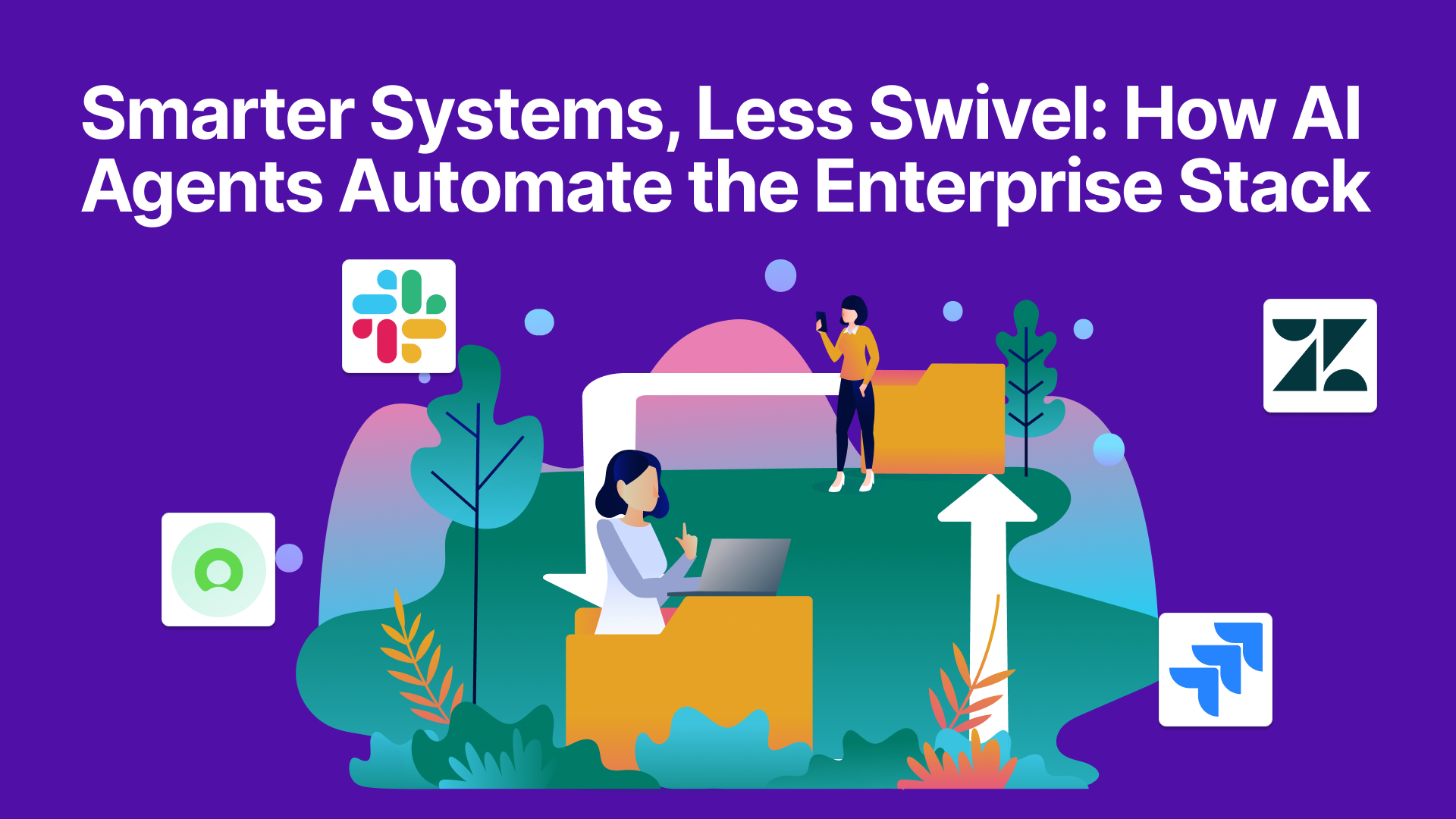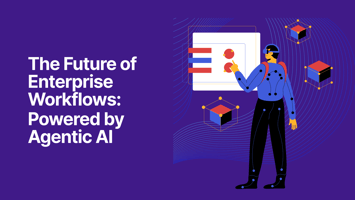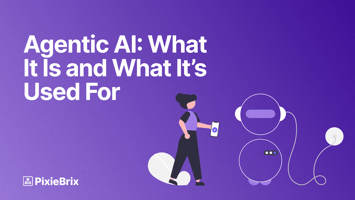Beyond Copilots - The Rise of Agentic AI
The Future of Work Is Agentic: How AI Agents Are Transforming the Enterprise Stack

From Chatbots to Agents: The Enterprise Shift Has Begun
The hype around AI in the workplace often centers on copilots and LLM chat assistants. But the real transformation is happening under the hood - where agentic AI is rebuilding enterprise workflows from the ground up.
Agentic platforms don’t just assist humans. They observe, decide, and act across systems, automating multi-step processes once handled by humans. The result? Fewer tickets. Shorter cycles. Less operational drag.
This post explores how agentic AI is reshaping how departments like support, operations, and IT collaborate and deliver value.
What Is Agentic AI in the Enterprise Context?
Agentic AI refers to autonomous agents that:
-
Understand goals and context
-
Sequence actions across apps like Salesforce, Zendesk, or ServiceNow
-
Adapt when workflows change
-
Minimize human dependency
They operate like virtual team members, executing tasks such as onboarding new employees, resolving tickets, or updating systems of record.
Why This Matters: Enterprises Are Drowning in Manual Work
Despite investments in SaaS tools and chatbots, enterprise workflows often look like this:
Ticket → Slack → Notion → Email → Spreadsheet → Back to the ticket
Agentic AI eliminates this fragmented loop by executing logic across all of those tools without manual intervention.
Department-Specific Impact of Agentic AI
Support Teams
-
Triage and route tickets automatically
-
Suggest responses based on screen context
-
Trigger downstream actions (e.g., auto-update Jira or refund tools)
→ Use case: An agent flags a bug in Slack. AI files a Jira ticket, updates Zendesk, and tags engineering.
IT & Operations
-
Provision accounts, reset passwords, or escalate outages automatically
-
Run scripts based on triggers across web apps or incident tools
-
Generate reports across systems like ServiceNow + Confluence
→ Use case: A new hire is onboarded. AI provisions tools, sends welcome docs, and flags missing access in HRIS.
Compliance & Finance
-
Monitor transactions for anomalies
-
Trigger approval workflows
-
Log audit trails across finance systems
→ Use case: An expense is flagged as suspicious. AI opens a review ticket, notifies finance, and archives the action log.
Platform Capabilities Checklist
| Feature | Why It Matters |
|---|---|
| Goal-based agents | Automate intent, not just tasks |
| Contextual awareness (DOM/API) | Adapt to what's happening on screen |
| Cross-app execution | Work across web apps, not just APIs |
| No-code builder + dev hooks | Empower both ops and IT |
| Role-based access + logging | Meets enterprise security and compliance needs |
What’s the difference between agentic AI and traditional automation?
Traditional automation follows static scripts. Agentic AI dynamically reasons, adapts to context, and executes based on outcomes.
Does agentic AI require deep integration work?
Not necessarily. Platforms like PixieBrix overlay existing systems with browser-native logic, while others use APIs or agents.
Is this just another form of RPA?
No. RPA is brittle and structured. Agentic AI is adaptive and intelligent.
Can business teams build with agentic AI?
Yes. Many platforms support no-code builders, enabling non-technical users to automate processes safely.
Is agentic AI secure for enterprise use?
Yes. Look for SOC 2 compliance, access control, audit logs, and deployment in sandboxed browser environments.


